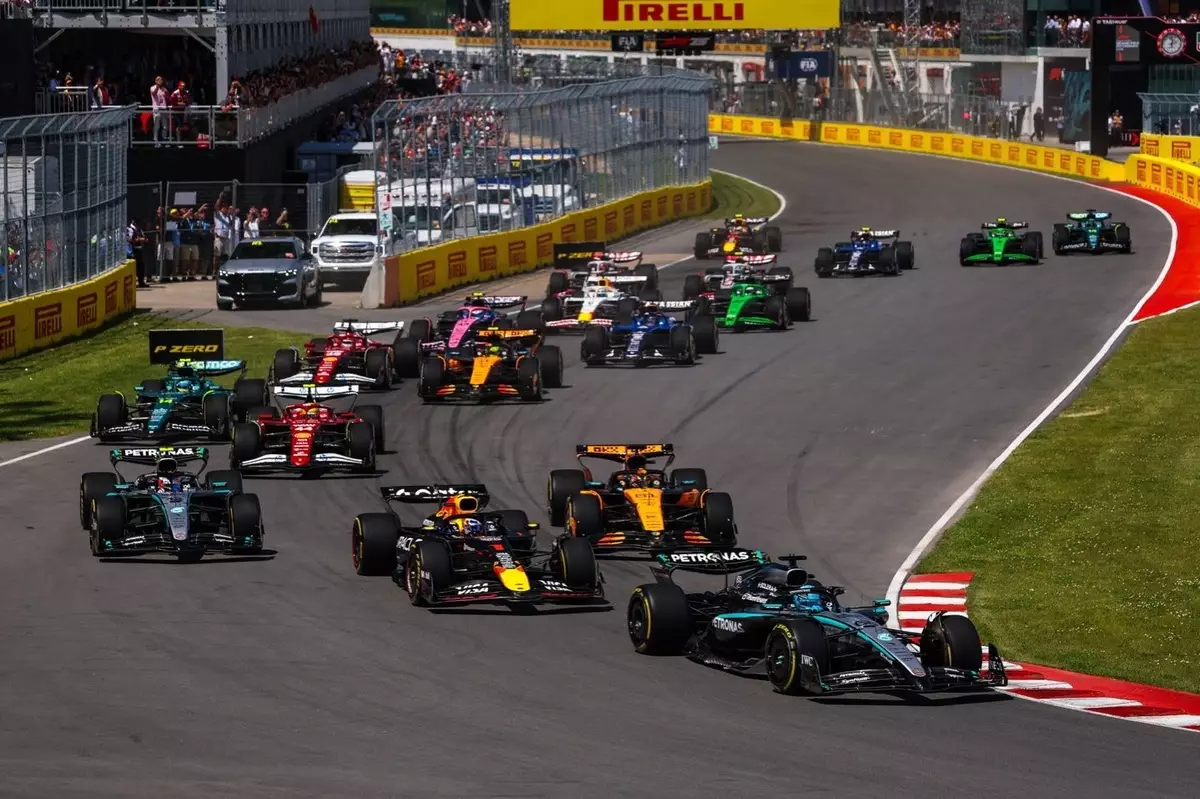The world of Formula 1 racing is marked by adrenaline, elegance, and, unfortunately, occasional controversies triggered by on-track incidents. In an effort to elevate the sport’s integrity while fostering greater accountability, the FIA has released its updated racing guidelines and penalty framework for the 2025 season. The decision to make these documents public has been welcomed by many, including drivers who have demanded a more transparent governing process. Still, the stakes remain high, and the effectiveness of these changes will depend on their implementation in the heat of competition.
Encouraging Open Dialogue and Accountability
Transparency in sports governance isn’t merely a buzzword; it’s an essential component that bolsters trust among teams, drivers, and fans. Over the past year, numerous controversies—often stemming from incidents that left fans and teams outraged—have prompted a strong call for recalibrated guidelines. By exposing the rules that inform stewards’ decisions, the FIA has taken a commendable first step. This move espouses an idea that resonates beyond racing: accountability leads to improved conduct. Mercedes driver George Russell, a notable critic of the FIA’s former opacity, commented on this shift, affirming that it satisfies a crucial need in the sport.
However, one can’t help but question whether mere publication of guidelines suffices. Will these new rules effectively minimize the misunderstandings that have marred recent seasons, or will they morph into a mere public relations exercise? The nuances described in the 2025 regulations—including how drivers should maneuver in various situations—invite scrutiny and could lead to diverging interpretations that may still spiral into arguments.
Redefining the Parameters of Overtaking
At the heart of the revised guidelines lies the nuanced approach to overtaking—specifically, establishing clear thresholds for both inside and outside overtaking maneuvers. For instance, one key aspect stipulates that for a driver to be eligible for room when overtaking on the inside, they must have their front axle at least level with a competitor’s mirror before the corner apex. This criterion aims to clarify what constitutes a legitimate passing opportunity. Yet the question remains: will this clarity translate to fewer infractions during races?
Contrastingly, overtaking on the outside—a move deemed inherently more difficult—will now require the overtaking car to have its front axle ahead at the apex. This innovative approach underscores an attempt to prioritize racing excitement while maintaining safety. The overtaking guidelines encapsulate a delicate balance; they aim to encourage recklessness while safeguarding competitive spirit, leaving the ultimate effectiveness of these rules to the realm of subjective judgment by the stewards.
The Authority of Stewards: A Double-Edged Sword
The FIA guidelines establish crucial parameters, but they are not law. The document clarifies that stewards retain the autonomy to make context-specific judgments based on various factors, such as braking etiquette, tire performance, and corner dynamics. This flexibility is both a blessing and a curse—while context-sensitive decisions can lend fairness to unique situations, they also open the door for inconsistencies and potential bias.
A potential pitfall looms large: will stewards ultimately face pressure to adhere to the newly published guidelines, or will they feel free to exercise their judgment liberally? As fascinating as this new byte of regulation is, it beckons the question: will it be interpreted consistently? The FIA’s task will be to ensure that even with the discretion allowed to stewards, a greater degree of uniformity cascades down throughout the season.
The Road Ahead: Balancing Regulation and Racing Spirit
The FIA’s latest updates elicit conflicting emotions that strikingly parallel the on-track battles these changes aim to address. Reviewing and revising competitive guidelines is an inherently complicated endeavor, and while the introduction of greater transparency represents a massive leap forward, the real test will hinge on their execution during actual races.
With high stakes and a fervent fan base, Formula 1 is at a turning point. There is optimism surrounding the potential for these guidelines to not only reinvent how racing incidents are handled but foster a culture of respect and sportsmanship among competitors. As we gear up for the unfolding seasons, the clarity of these new rules will be put to the ultimate test: how they influence driver behavior and the overall tone of races in the thrilling, unpredictable world of Formula 1.

